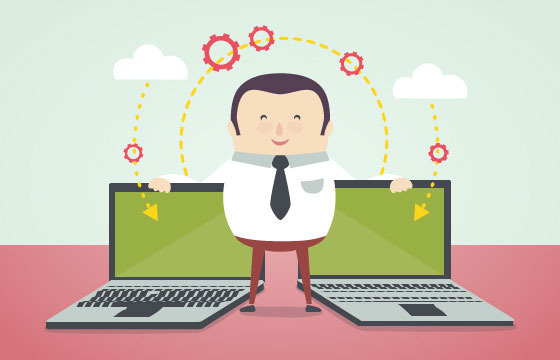
To derive maximum value from IoT, organisations need to take a step back from the technology and adopt a business first approach.
The Internet of Things (IoT) is clearly gaining momentum – a testament to its potential to improve customer experience, drive down costs, and transform business operations. As organisations evolve from successful, one off pilots into broader IoT deployments new thinking is required to ensure IoT truly delivers.
However, taking IoT strategic is not simply a case of adding new devices. To derive maximum value, organisations need to take a step back from the technology and adopt a business first approach.
Enhancing food quality
Take, for example, the food retail industry, which candidly admits that supply chain complexity has meant it is easier and safer to chill all food to the lowest temperature required (by meat) meaning an annual over-chill by millions of degrees. The result is not only additional cost but also some impact on food quality, with watery yogurt a familiar bi-product of over-chilling squeezing the product.
Of course, these retailers already collect vast amounts of data from their refrigeration units, along with all the other machines used across the supply chain. What is required is a way to harness an IoT infrastructure to use this real time information to manage the control settings on each unit. By integrating the data from the existing machine sensors with supply chain and merchandise systems as well as the fridge control systems, each machine can be automatically set at the temperature to suit the specific contents, removing instances of over-chilling. As a result, not only is energy consumption reduced but food quality is actually enhanced and food wastage minimised.
Extending IoT into strategic deployments also raises new considerations about the technology. The business transformation outlined above requires the management of millions of dynamic data points collected from thousands of sensors every minute of every day. It also requires genuine analytics to continually assess the underlying condition of each machine.
Data at the edge
By deploying processing capacity at the source, data can be executed at the edge, in context with other local data if required, and the actionable insight shared with the central resource. This model is cost effective; it leverages existing infrastructure and investment and, most notably, provides a platform for incremental expansion of IoT. And this is key; while IoT standards are still to be defined, a strategy that includes interoperability with other IoT platforms will ensure an organisation can evolve and leverage one infrastructure to deliver a set of applications at a scale and pace that suits the business.
As organisations increasingly look to extend their use of IoT, it is becoming essential to recognise the underlying business opportunity. Whether that is reducing food wastage or improving collaboration with business partners, it is the organisations that develop a clear strategic vision to embed IoT within core operations to drive measurable benefits that will lead the way.